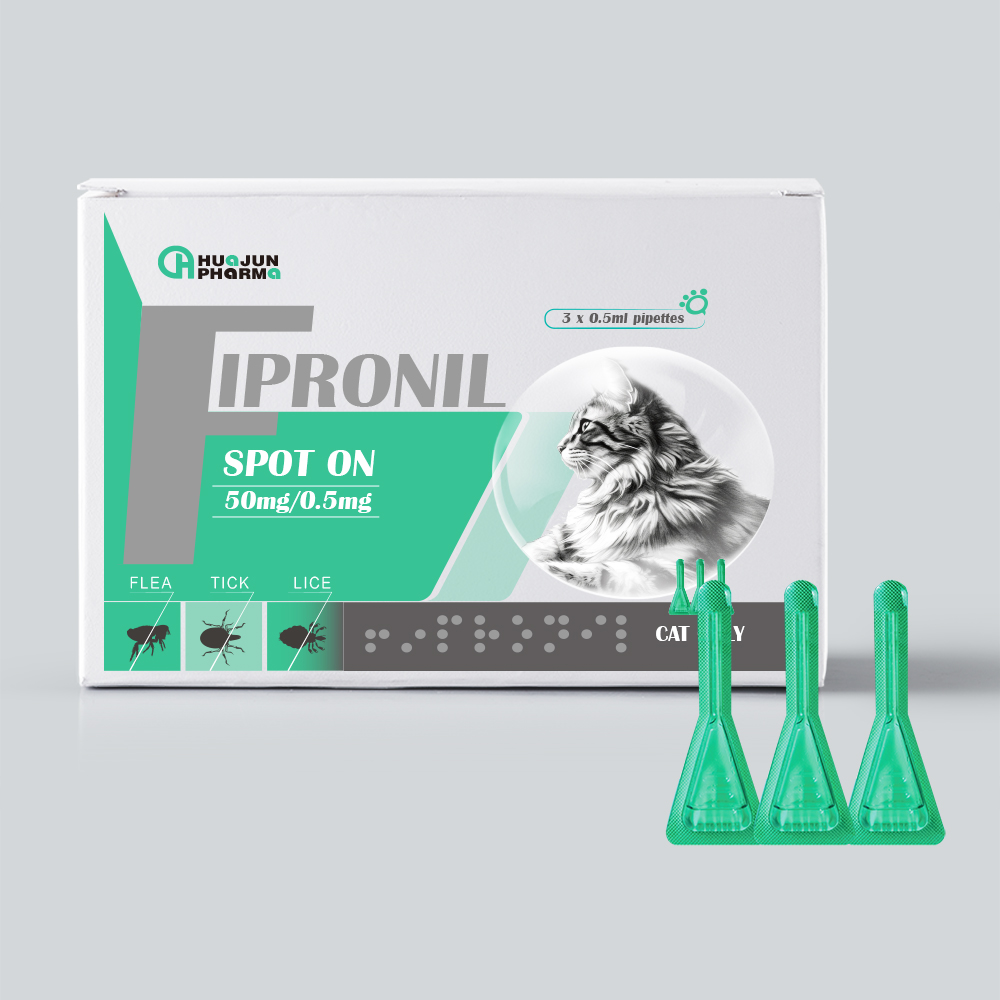
Kas . 06, 2024 17:56 Back to list
Florfenicol Antibiotic Suppliers and Their Key Products for Veterinary Use
Understanding Florfenicol A Key Antibiotic and its Suppliers
Florfenicol is a broad-spectrum antibiotic primarily used in veterinary medicine to treat infections in livestock and aquaculture. As a synthetic derivative of chloramphenicol, florfenicol is effective against a variety of gram-negative and gram-positive bacteria, making it an essential treatment in the agricultural sector. This article aims to explore florfenicol, its applications, and the landscape of its suppliers.
What is Florfenicol?
Florfenicol functions by inhibiting bacterial protein synthesis, which ultimately leads to the death of the bacteria. Its structural similarities to chloramphenicol allow it to penetrate bacterial cells effectively and disrupt their essential processes. Unlike chloramphenicol, however, florfenicol exhibits a lower toxicity profile and is not associated with the same risk of aplastic anemia in humans. This characteristic makes florfenicol a safer choice for use in food-producing animals.
Applications in Veterinary Medicine
Florfenicol is widely used in the treatment of respiratory diseases, systemic infections, and other bacterial infections in cattle, pigs, poultry, and fish. In aquaculture, it plays a critical role in controlling bacterial infections in fish species, which is crucial for maintaining healthy stocks and ensuring food safety. Florfenicol is often administered via injection or incorporated into drinking water and feed, depending on the species and the severity of the infection.
One notable use of florfenicol is in the treatment of bovine respiratory disease (BRD), a common and economically devastating illness in feedlots. BRD can lead to significant weight loss, reduced feed efficiency, and increased mortality rates among affected animals. By effectively treating this disease, florfenicol helps farmers minimize losses and maintain productivity.
Regulatory Status
Florfenicol is approved for use in various countries, including the United States, European Union, and several Asian nations. Regulatory agencies evaluate its safety and efficacy before granting approval for use in food animals. It is essential for veterinarians and livestock producers to follow withdrawal times when using florfenicol, ensuring that residues do not remain in the food supply when animals are harvested.
The Role of Suppliers
antibiótico florfenicol suppliers

The availability of florfenicol hinges on a reliable network of suppliers. These suppliers play a critical role in the production and distribution of the antibiotic to veterinary clinics, pharmacies, and farms. Key suppliers range from large pharmaceutical companies to specialized distributors.
1. Pharmaceutical Manufacturers Companies such as Zoetis, Merck Animal Health, and Elanco are significant players in the production of florfenicol. These manufacturers are responsible for ensuring the quality and safety of the antibiotic. They invest heavily in research and development to improve formulations and delivery methods.
2. Wholesale Distributors After production, florfenicol typically goes through wholesalers who distribute it to veterinary clinics and farms. These distributors manage the logistics of transporting large quantities of the antibiotic while maintaining compliance with regulatory standards.
3. Online Suppliers The rise of e-commerce has also transformed how florfenicol is supplied. Numerous online platforms provide veterinarians and livestock producers with easy access to florfenicol and other veterinary medicines, making it more convenient to obtain necessary treatments.
4. International Suppliers In addition to domestic suppliers, international sources also play a role in providing florfenicol, particularly in regions where local production is insufficient. This global supply chain can help stabilize prices and availability, especially during times of high demand or shortages.
Challenges and Considerations
Despite its usefulness, the use of florfenicol is not without challenges. The emergence of bacterial resistance is a growing concern, and veterinarians must employ responsible antibiotic stewardship to mitigate this issue. Additionally, proper education for farmers about the correct usage and withdrawal periods of florfenicol is crucial to ensure food safety.
Conclusion
Florfenicol remains a vital tool in veterinary medicine for treating bacterial infections across various species. A well-established network of suppliers is essential for maintaining the availability of this critical antibiotic. As the agricultural landscape continues to evolve, the importance of florfenicol and its responsible use will no doubt remain a priority for veterinarians, farmers, and regulatory bodies alike. By understanding the roles of these suppliers and the implications of antibiotic use, the agricultural sector can continue to enhance animal health while safeguarding public health and food safety.
-
Top Hemoglobinuria Manufacturer & Supplier Reliable Hemoglobinuria Factory Solutions
NewsJun.24,2025
-
Premium Honeysuckle Products - Leading Honeysuckle Manufacturer & Supplier Factory
NewsJun.10,2025
-
Pulmonary Edema Solutions from Leading Manufacturer & Supplier Reliable Factory Price
NewsJun.10,2025
-
Red Eyes - Leading Red Eyes Manufacturer & Supplier, Premium Quality Factory Price
NewsJun.10,2025
-
Broiler Ascites Syndrome Solutions Top Manufacturers
NewsJun.10,2025
-
Premium Amoxicillin Suppliers Reliable Biomox Mexican Factories
NewsJun.10,2025




